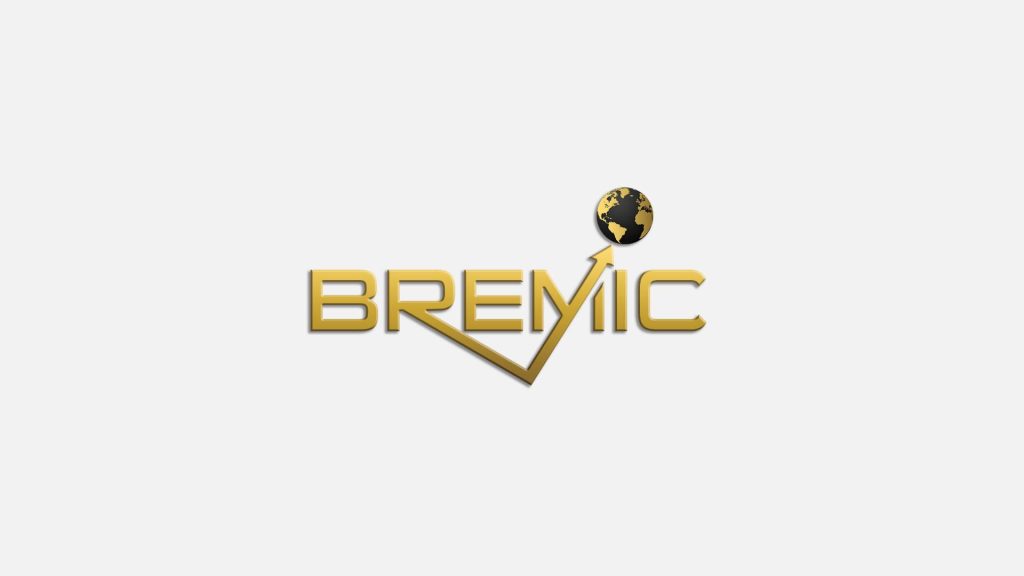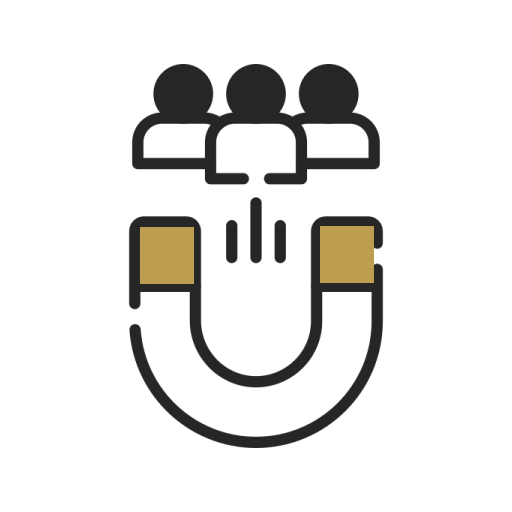Understanding Hyperlinks: A Guide to Navigating the Web
As we browse the web, we often click on highlighted words or images that magically transport us to a new web page. We take these actions for granted, but they are made possible by a powerful tool called the hyperlink. Hyperlinks are an essential component of the internet, allowing us to navigate the vast network of digital information with ease. In this blog post, we will explore the definition of hyperlinks, how they work, and the different types of hyperlinks you may encounter. By the end of this guide, you’ll have a deeper understanding of hyperlinks and how they make the internet work.
What is a hyperlink?
At its core, a hyperlink is an HTML code that creates a link from one webpage to another. Many hyperlinks include a highlighted word or image that, when clicked, will take a user directly to the linked location. Hyperlinks can connect various types of content, including text, images, audio, video, and even other files.
How do they work?
Hyperlinks work by using URL addresses, which contain a specific web address assigned to the linked page. When a user clicks on a hyperlink, their web browser sends a request to the server hosting the linked page. The server then sends back the linked web page, which the user’s web browser displays on their screen.
What are the types of hyperlinks?
There are several types of hyperlinks, including internal links, external links, anchor text links, and image links. Internal links connect different pages within the same website and are useful for navigating large websites. External links connect to pages on other websites, making it possible to reference other webpages and resources. Anchor text links allow users to click on highlighted text to access specific information within a webpage. Image links are used to link to other pages through an image.
Why are they important?
Hyperlinks are vital for browsing and navigating the web. They allow users to easily access, reference and share information across various digital platforms. Without hyperlinks, finding and sharing content online would be difficult and tedious. In addition, a website’s internal linking structure can also contribute to its search engine optimization (SEO) by helping search engines understand how different pages on a website are connected.
Conclusion
In conclusion, hyperlinks are a critical component of the web browsing experience. Understanding how hyperlinks work and the different types available can help users navigate the vast digital landscape with greater ease. Whether you’re looking to find a specific piece of information, share content with others, or improve your SEO, hyperlinks make it possible. So next time you click on a link, remember the power behind that simple action and appreciate the ways in which hyperlinks make the internet work.

















